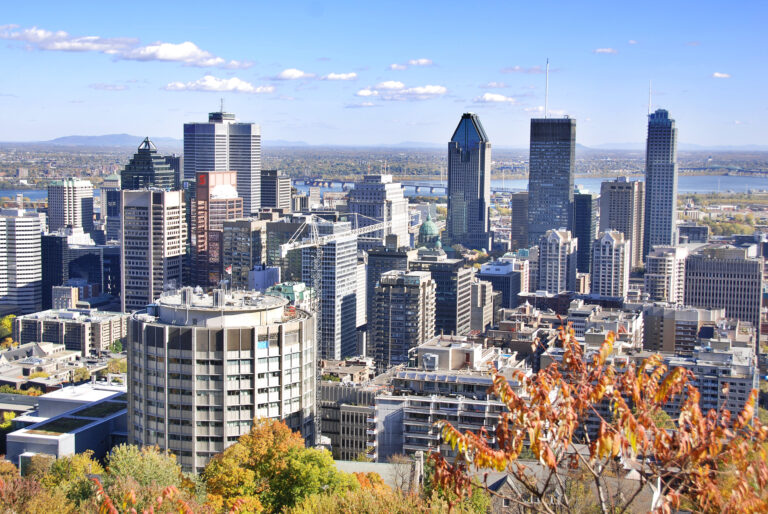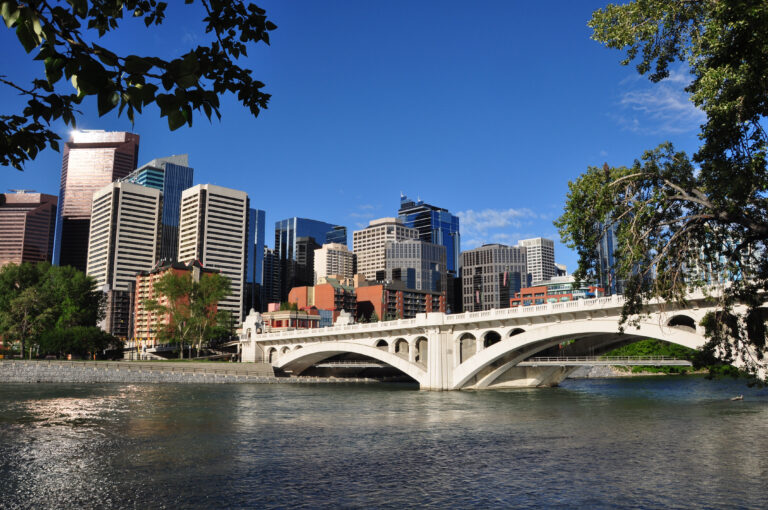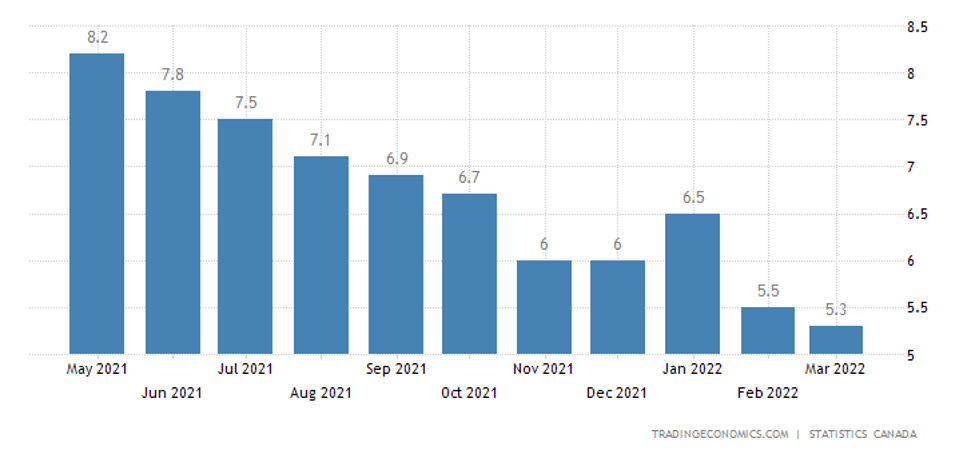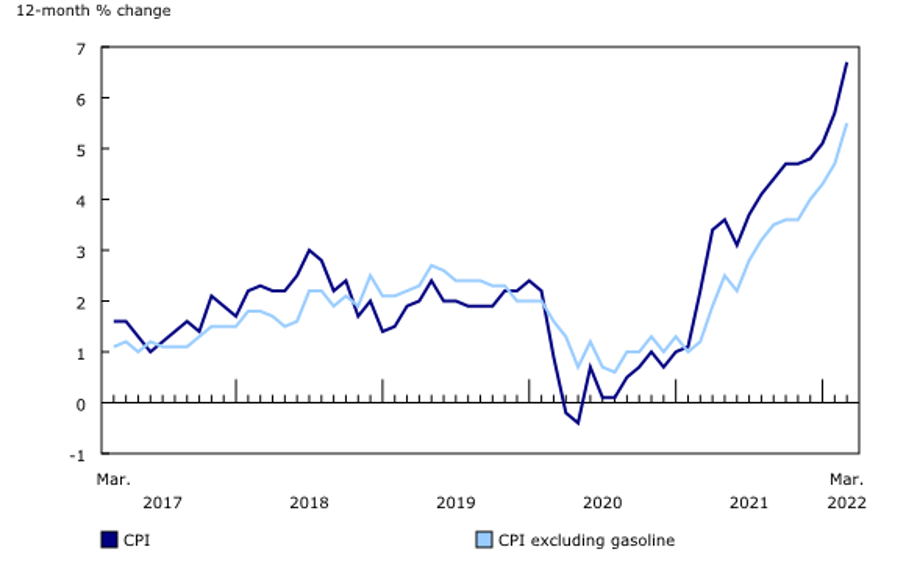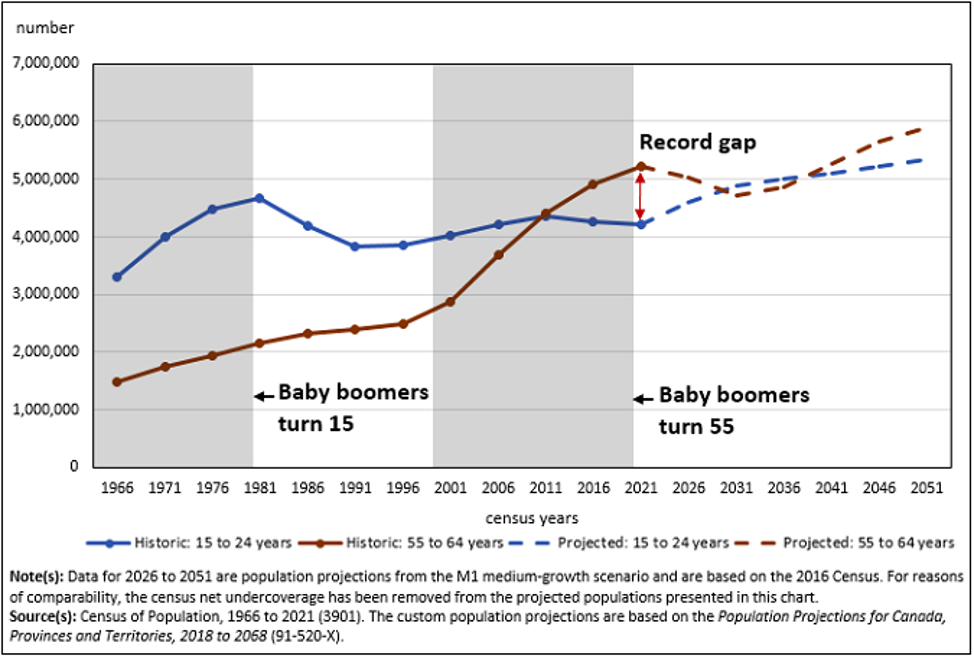Canada immigration news: Quebec is aiming to boost the settlement of immigrants in the francophone province’s outlying regions under a new plan unveiled by provincial Immigration Minister Jean Boulet Monday.
“There are undeniable advantages for immigrants in the regions, including welcoming, close-knit communities, jobs, a great quality of life and more,” said Boulet in French in a statement.
Read More Canada Immigration News
Quebec Businesses Call For Immigration To Almost Double Amid Labour Shortage
Canada Unemployment Falls To New Record Low Of 5.2%, Spearheaded By Quebec
British Columbia, Quebec and the Yukon Hit Hardest By Canada Labour Shortages
“By redoubling our efforts and working together towards common goals with all of the stakeholders in the regions, we will be able to attain those goals more quickly and easily. By creating the most favourable conditions for immigration in the regions, we are also strengthening Quebec’s economy.”
Montreal The Big Magnet For Immigrants To Quebec
Last year, 50,280 new permanent residents to Canada settled in Quebec, almost exactly double the 25,225 that arrived in 2020 and almost 24 per cent more than the 40,565 new permanent residents that came to the province in 2019, the last full year before the Covid-19 pandemic.
Despite the upswing in immigration to the province, though, most of the regions are seeing little benefit from these new arrivals because the vast majority gravitate to the big cities of Montreal and Quebec.
In 2021, Montreal swallowed up 80.3 per cent of all new permanent residents to the province. Quebec City, Sherbrooke, Trois Rivières, and the Gatineau area just across from Ottawa together accounted for another 13.7 per cent of all new permanent residents to Quebec that year.
That means those five urban areas accounted for 47,240 new permanent residents to the province last year, roughly 93.9 per cent of immigration to Quebec in 2021.
The entire rest of the province attracted only 3,040 new permanent residents, or about six per cent of the total, last year.
Watch Video
With the plan announced Monday, Quebec’s immigration department, the Ministre de l’Immigration, de la Francisation et de l’Intégration (MIFI), wants to promote the advantages of these regions to immigrants, nurture the development of non-profit groups offering settlement services to them in those regions, and put in place a process to evaluate the effectiveness of this strategy.
Quebec is hoping to boost both the number of immigrants seeking permanent residence and the arrival of temporary residents, particularly those coming under the International Mobility Program (IMP) for jobs outside Greater Montreal.
The province also wants to increase the number of spaces outside of Montreal under its Collective Sponsorship program and it is looking to a regional immigration pilot like the highly-successful Atlantic Immigration Pilot.
By collecting information on those immigrants who leave Greater Montreal to settle in the regions, the province is hoping to better understand what brought them there and so identify opportunities to better promote the region.
Quebec Sees Immigration As Vital To Fixing Labour Shortages
Quebec is also planning to boost its credential recognition programs in the outlying regions to help immigrants settle there more quickly and land jobs.
It is currently one of the provinces hardest hit by labour shortages and many companies are struggling for a want of qualified applicants to fill jobs which are going begging.
Five months ahead of the next provincial election in Quebec, four business groups lobbied the political parties last week to boost immigration by as much as 90 per cent.
The Manufacturiers et Exportateurs du Québec (MEQ) manufacturing and exporting industry association, the Conseil du Patronat du Québec (CPQ) employers’ group, the Fédération des Chambres de Commerce du Québec (FCCQ) association of chambers of commerce, and the Fédération Canadienne de l’Entreprise Indépendante (FCEI) association of independent businesses, want more immigration to fix the province’s severe labour shortage.
“We know the labour shortages cannot be fixed in the blink of an eye and it will take a series of strategies working in tandem to reduce the impact of the lack of workers,” said MEQ president Véronique Proulx.
“With a Quebec provincial election (scheduled to take place on or before Oct. 3), it is important for us to inform political parties about the need to put in place solid strategies to grow the pool of workers and maintain Quebec’s competitive advantage.”


